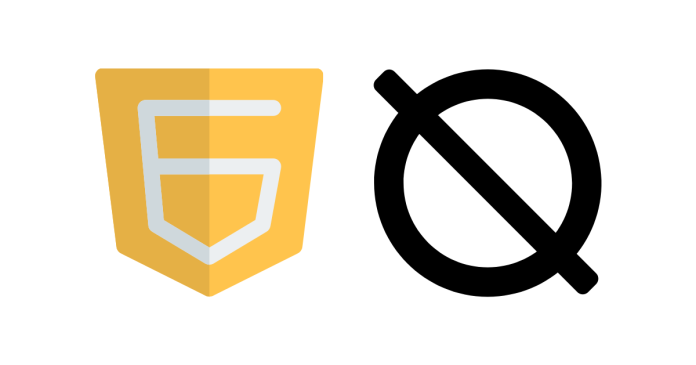In JavaScript, you can check for null values using various techniques. Here’s how you can do it:
1. Using the Strict Equality Operator (===)
To specifically check if a value is null, use the strict equality operator. This ensures that the value is exactly null and not undefined or another falsy value.
let value = null;
if (value === null) {
console.log("The value is null");
}
2. Using the Loose Equality Operator (==)
The loose equality operator (==) also considers undefined equal to null. This is less precise and usually not recommended if you only want to check for null.
let value = null;
if (value == null) {
console.log("The value is null or undefined");
}
3. Checking for Null in an Array
If you’re working with arrays, you can check for null values using array methods like filter, find, or includes.
let array = [1, null, 3];
if (array.includes(null)) {
console.log("Array contains null values");
}
4. Using typeof (Not Recommended)
Using typeof directly won’t work for null because typeof null returns "object". This is a quirk in JavaScript.
console.log(typeof null); // Output: "object"
So, do not rely on typeof for null checks.
5. Combining with undefined Checks
If you want to check whether a variable is both defined and not null, combine the check:
let value = null;
if (value !== null && value !== undefined) {
console.log("The value is neither null nor undefined");
} else {
console.log("The value is null or undefined");
}
6. Checking with Optional Chaining
Optional chaining can help avoid errors when accessing deeply nested properties that might be null or undefined.
let obj = { a: null };
if (obj?.a === null) {
console.log("The property 'a' is null");
}
Common Mistakes
- Confusing
nullwithundefined:nullmeans a variable is explicitly set to “no value,” whileundefinedmeans a variable has been declared but not assigned a value. - Using
typeoffornull: As mentioned,typeof nullreturns"object", which can lead to confusion.



